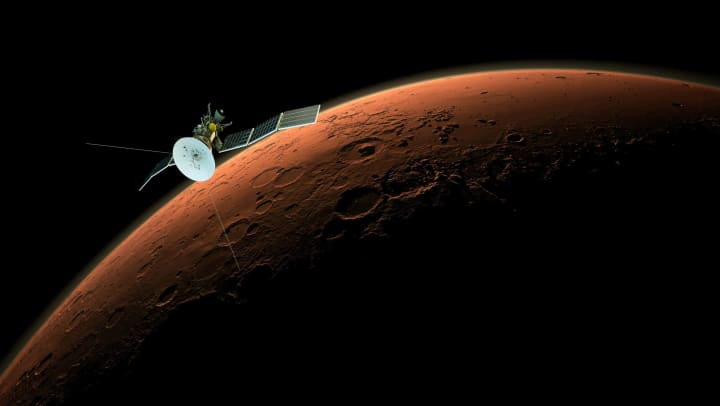With many experts predicting a manned mission to Mars in the next 20 to 30 years, here’s a look back to July 14, 1965 – the first time humankind ever saw the surface of the red planet.
From the Earth to the Moon Red Planet
By the mid-1960s, the race between the United States and the Soviet Union to be the first country to plant its flag on the moon was rounding the corner into the final stretch. But for the scientists at NASA, the moon was always just a pit stop. They wanted to go to Mars – not just to visit, but to stay. The red planet has fascinated humankind for centuries. With literary sci-fi classics like John Carter of Mars and War of The Worlds describing otherworldly creatures on and from Mars, the thought that the planet could contain not just life, but intelligent life, felt like a very real possibility in 1965.
No Little Green Men
On July 14, 1965, the Mariner 4 probe did a flyby of Mars and sent back humankind's first pictures of the planet's surface – images of craters and measurements of a thinner than expected atmosphere. While not completely disproving the existence of anything but the most basic of life-forms, it was disappointing to say the least for a world hoping to find a world teeming with massive cities of flying machines and little green men.
To be Continued ...
As it turns out, sending stuff into space is freaking expensive. The whole Mariner 4 mission cost roughly $83 million dollars (about $678 million today). Once mankind had beaten the Soviet Union to the moon, public interest waned, budgets started getting cut, and space flight was relegated to our own planetary orbit. But with NASA setting its eyes on the red planet once again and private companies like SpaceX and Blue Origin announcing plans to head back to the moon – with zero intention of stopping there – who knows? Maybe instead of heading across the Atlantic Ocean for that European vacation when you retire, you’ll have the opportunity to cross an ocean of stars.
For more great travel ideas for now, or in the future, be sure to check out the Olympus Harbour Island blog.


